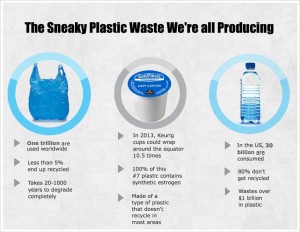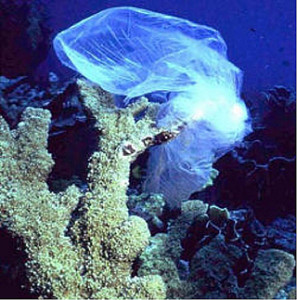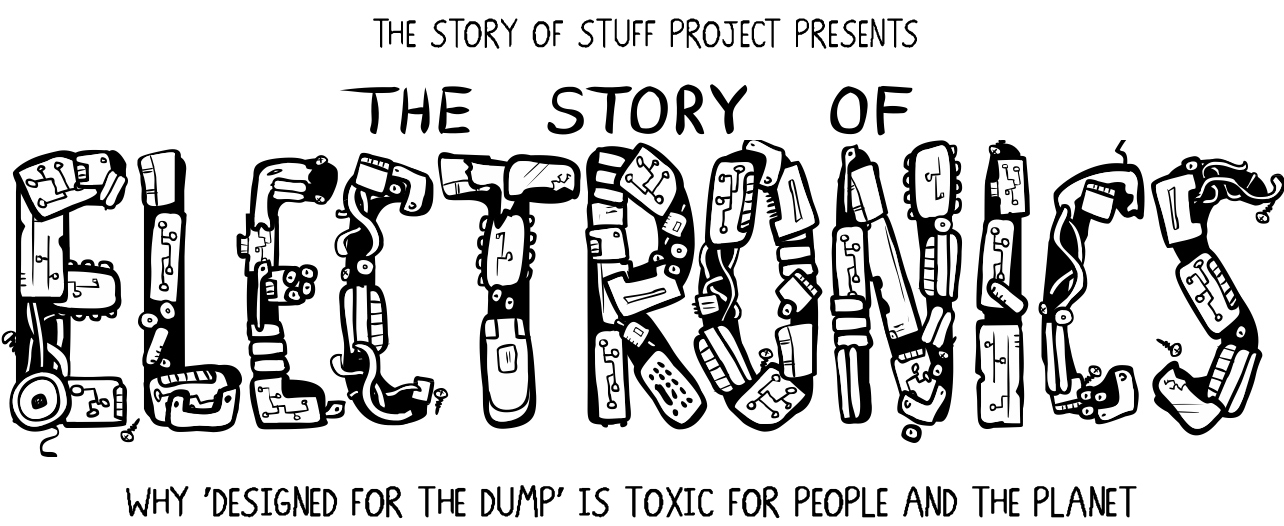*Note: this is a blog post by Miao Zhang, a junior at Rice University majoring in Mathematical Economic Analysis and Visual Arts. Ms. Zhang recently completed a Fall semester internship with Public Citizen.
Metal recycling sounds environmentally friendly, right? Did you know, however, that these recyclers can actually be a source of air pollution?
When did regulators find out about this?
The discovery that metal recycling can create significant pollution was publicized in Houston in late 2012. There were over 180 complaints of colored smoke and trouble breathing between 2008 and 2013. These complaints finally led Houston air authorities to discover this new source of air pollution. There were barely any regulations on the emission levels of metal recyclers since metal recycling is a business assumed to have low emissions.
Where does the air pollution come from?
Metal compounds may be released into the air when metal welding and cutting is taking place. Some of these chemicals are potentially cancer-causing.
In a study by the Houston Department of Health and Human Services, metal particulate matter including iron, manganese, copper, chromium, nickel, lead, cobalt, cadmium and mercury was detected in the ambient air near the five metal recyclers sampled. The concentration of these particulate matters poses carcinogenic risks to the communities nearby. The increased cancer risk is estimated to range from 1 in 1,000,000 to 8 in 10,000.
There are currently over 150 metal recycling facilities in the City of Houston. Most of them are in already underserved communities. With no buffer zone restrictions distancing these facilities from residential areas, many of them are right next door to people’s homes.
With Houston being prone to flooding, especially in certain communities, Houstonians also run the risk of having such pollutants reach further and even seep into the groundwater.
What should we do?
Recycling is certainly a good thing, but it’s easy to be misguided by the positive connotation of the word. As eco-friendly as recycling sounds, the process still inevitably takes up energy and resources and produces waste. Procedures that make good on one end may cause damage to another. Take almond milk for example. Even though the production of almond milk doesn’t involve cows and thus reduces greenhouse gas emissions, the process requires much more water than regular milk or other milk alternatives.
Just because something is for a good cause shouldn’t excuse it from the same level of regulation as other industry. Specific and strict limits should be placed on the different kinds of pollutants that metal recyclers release. Neighboring communities should also be informed of the potential risks of living within close radius to these facilities. In the city of Houston, there is barely any required buffer zones for how close a metal recycler can be to homes. With many metal recyclers operating right by residential areas, the communities must be informed on the matter.











